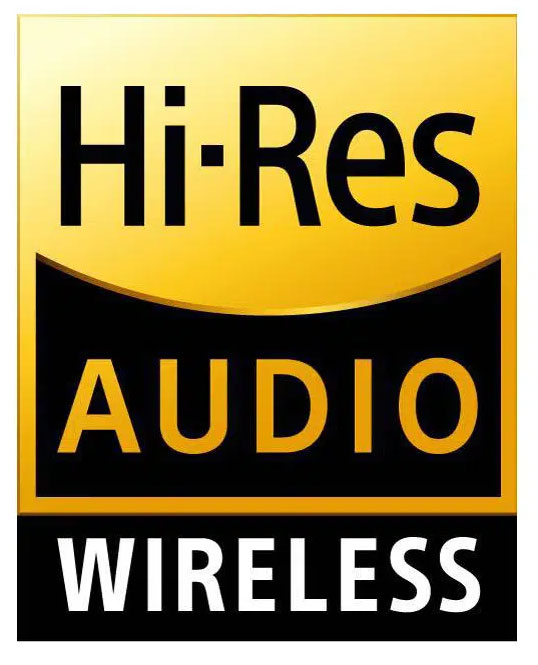Contact Press / Media
Manfred Lutzky
Abteilungsleitung
Fraunhofer-Institut für Integrierte Schaltungen IIS
Am Wolfsmantel 33
91058 Erlangen
Phone +49 9131 776-6190
While it is common knowledge that audio technologies from Erlangen are among the best in the world for these applications, few people are aware that development of the sister communication codecs LC3 and LC3plus began around seven years ago with a request from the Bluetooth working group on hearing aids. At that time, Fraunhofer IIS participated in the development of the new hearing aid codec in partnership with Ericsson and supplied the specifications for the finished codec. With this Low Complexity Communication Codec (LC3), there was finally a standardized global codec for all hearing aid manufacturers using Bluetooth Low Energy (LE). The codec even allowed devices to connect to conference and public address systems, smartphones, and TVs, making everyday life much easier for users.
LC3 is characterized by the fact that it transmits maximum audio quality at minimal bit rates and – compared with devices using the conventional Bluetooth standard – consumes less energy in the process. Thanks to these characteristics, the codec was adopted by multiple Bluetooth audio working groups for use in other fields and selected as the mandatory audio codec for Bluetooth LE Audio in September 2020. The new LE audio profiles use significantly less energy while delivering considerable improvements in audio quality and achieving minimal latency.
In addition to the extremely lean LC3 codec, Erlangen was also the birthplace of the sister codec LC3plus, whose extended feature set opens up a significantly broader range of applications. By combining high-resolution audio with minimal latency and maximum robustness, the codec can deliver impressive results during phone calls in the car and in video conferences. Top-quality microphones that rely on LC3plus are even used by professionals to produce content for social media and streaming platforms. Out and about, the technology provides uninterrupted, energy-efficient streaming of music or podcasts via in-ear headphones or the speaker system in a car. Now, it is even revolutionizing applications that traditionally relied on a wired connection – for example, the high-end manufacturer Bang & Olufsen uses LC3plus for its wireless Beolab speakers and the Beosound series of headphones, among other applications. The decisive factor in the use of LC3plus was its minimal latency, which is imperceptible to the human ear and allows even complex systems to run in perfect synchrony.
This characteristic can also be decisive in gaming. People will only experience content as realistic – and therefore be able to respond quickly – if the audio and video are perfectly in sync. With video games now the largest and most lucrative sector of the entertainment industry, the tech-savvy gamer community places great value on high-quality equipment and is not prepared to compromise on audio quality. LC3plus reduces latency to just a third of that of LC3, paving the way for wireless applications and satisfying even the highly critical ears of experienced gamers.

At the international level, the Hi-Res Audio Wireless logo from the Japan Audio Society (JAS) is one of the best-recognized seals of quality in the audio sector and is only awarded to products that meet stringent technical requirements. The priority is to achieve the most accurate playback possible – even via wireless connections such as Bluetooth. Only devices with the latest audio codecs can meet these requirements. In November 2022, LC3plus was also added to the list of codecs whose implementation opens the door for device manufacturers to use the logo.

The Bluetooth Special Interest Group (SIG) was founded in 1998 and has a membership of over 34,000 companies. It is the owner of the Bluetooth trademark and issues Bluetooth specifications such as Bluetooth LE Audio. LC3 is the new audio codec for these specifications. Prominent members of the SIG include companies such as Apple, Intel, Microsoft, and Fraunhofer. The name Bluetooth comes from the Danish King Harald Bluetooth, who was reportedly skilled at bringing powerful people together – just as Bluetooth connects devices to one another.
If anyone knows how to perfect wireless audio transmission, it’s engineer Manfred Lutzky. Three questions for the head of the Audio for Communications department at Fraunhofer IIS:
Manfred Lutzky: There are various types of wireless transmission methods, of which Bluetooth is undoubtedly one of the best known. Bluetooth uses a simple technology: radio waves. These waves oscillate a specific number of times per second, which is known as the frequency. Bluetooth signals are transmitted at a frequency of 2.4 gigahertz.
Once Bluetooth is activated on two smartphones, for example, the phones can connect to one another and exchange data. You can imagine this like a ball game. The ball must be thrown at the correct height so that it reaches the recipient and doesn’t simply fly overhead. We need codecs that shrink the data being exchanged so that it can be sent in the first place – and without any compromise in terms of quality.
Manfred Lutzky: The LC3 and LC3plus audio codecs were designed specially for wireless communication platforms such as Bluetooth. LC3 and LC3plus reduce the energy needed for transmission, enabling longer battery life or the development of smaller products. Thanks to flexible codec design, the applications are not limited to voice services and can also be extended to music streaming, gaming, or home theater of the highest quality.
Manfred Lutzky: LC3plus is the sister codec of LC3. In addition to high-resolution voice and audio quality of LC3, LC3plus delivers extremely low coding delay and greater robustness – that is, it minimizes transmission errors. The high robustness is enabled by a powerful algorithm for concealing packet losses – if a packet is lost, the information is estimated and reconstructed from neighboring packets. High-resolution audio is produced by transmitting high sampling rates at high bit depths – something that LC3plus does at very low bit rates that are not possible with other technologies. By processing particularly small frames (data blocks), LC3plus ensures that sound is reproduced extremely quickly. This concept of "coding delay" or latency is a major factor, particularly in simultaneous video and audio playback and in gaming.